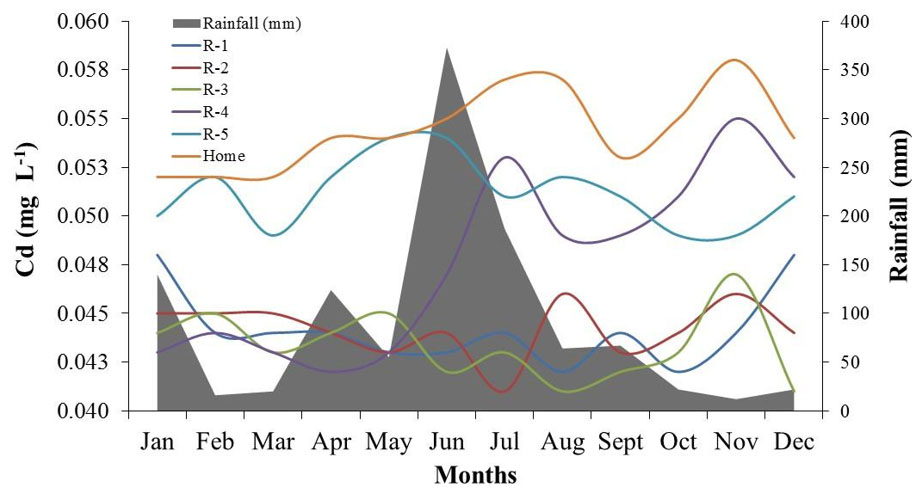Transecto móvel para identificação de ilha de calor intra-urbana em Uberlândia, Brasil
Resumo
O fenômeno da ilha do calor é um dos muitos problemas graves causados pelo rápido crescimento urbano. Assim, os objetivos deste estudo foram: caracterizar e quantificar ilhas de calor em Uberlândia, avaliar a sazonalidade destas ilhas (inverno-verão) e identificar o efeito da cobertura superficial na intensidade das mesmas. Para identificar as ilhas de calor intra-urbanas em Uberlândia, os dados de temperatura do ar foram coletados em duas estações (inverno e verão) usando transectos móveis e estações climáticas fixas. As medidas de transição foram gravadas automaticamente a cada 0,5 segundos usando um termo-higrometro montado em carro movendo-se a uma média de 40 km h-1. O GPS foi usado para selecionar aproximadamente dez pontos de dados a cada 500 metros de cada transecto. As estações meteorológicas fixas mediram a temperatura do ar em três locais da região. A análise dos dados mostrou que as ilhas de calor intra-urbana em Uberlândia foram mais intensas no inverno (ΔT = 2,2ºC) que no verão (ΔT = 1,2ºC) devido principalmente à redução no vapor de água atmosférico no inverno (estação seca) e pela taxa de resfriamento radiativo maior nas áreas permeáveis. A metodologia utilizada no presente estudo mostrou ser uma maneira rápida e eficiente de realizar esse tipo de monitoramento.
Autores mantêm os direitos autorais pelo seu artigo. Entretanto, repassam direitos de primeira publicação à revista Ambiente & Água - An Interdisciplinary Journal of Applied Science. Em contrapartida, a revista pode transferir os direitos autorais, incluindo direito de enviar o trabalho para outras bases de dados ou meios de publicação. A revista exerce a licença CC BY 4.0






